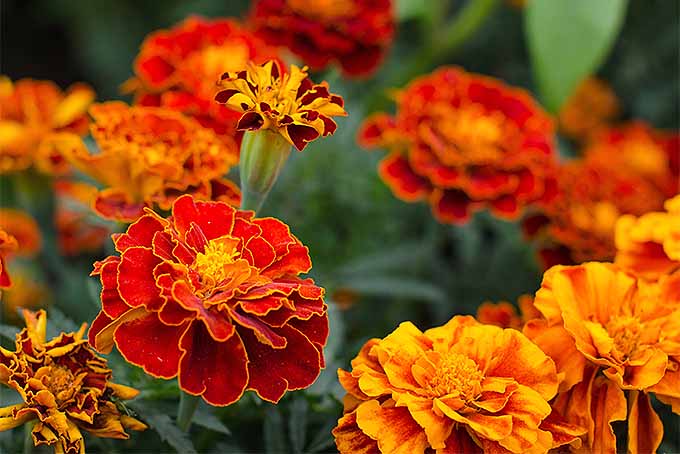About
Not many people who grow marigolds in their garden know of its medicinal values. The herb, also known a calendula officinalis, belongs to the family of Asteraceae in the daisy family. Since ancient times, the herb has been extensively used for culinary and medicinal purposes, apart from being planted in gardens for its aesthetic value in beautifying landscapes. It is also used as color enhancer for cheese and replacement of saffron in dressing salads and decorating various dishes.
One of the amazing properties of this beautiful flower is that it does not open up when it is about to rain, acquiring it the name of ‘Rain Doctor’.
Care has to be taken to differentiate the calendula officinalis with other species of marigold flower, which can only serve as ornamental plants, because the consumption of that herb can be unhealthy.

The bright yellow or orange color of the petals of marigold is due to the presence of antioxidant carotenoids – lutein, zeaxanthin, and lycopene that can prevent damage from free radicals. The antiseptic, anti-inflammatory and anti-bacterial properties of marigold helps in healing skin ailments such as acne, athlete’s foot, Candida, burns, rashes, calluses, corns, eczema and many more. The skin healing property of marigold has seen its extensive use in cosmetic products.
The herb also possesses detoxifying, astringent, diuretic, and estrogenic properties which contributes to general well being of the person who consumes it regularly.
